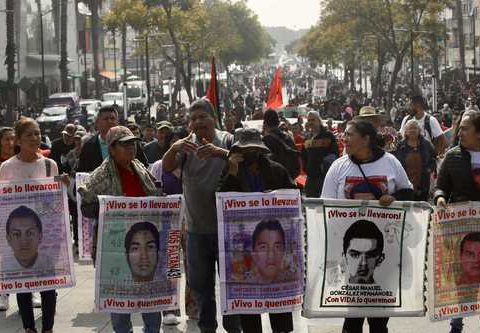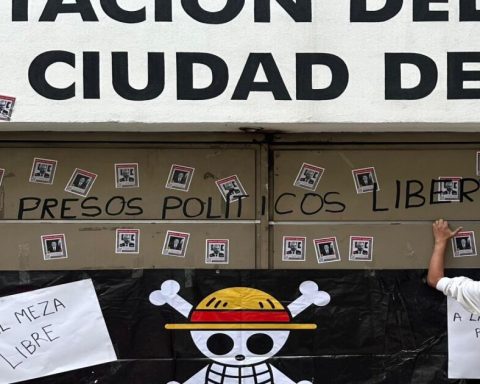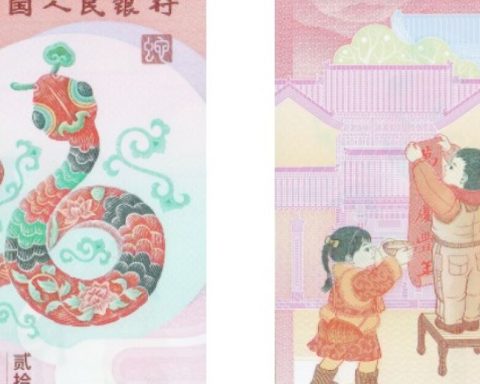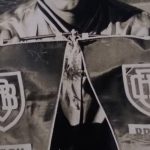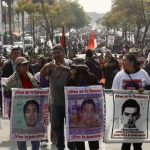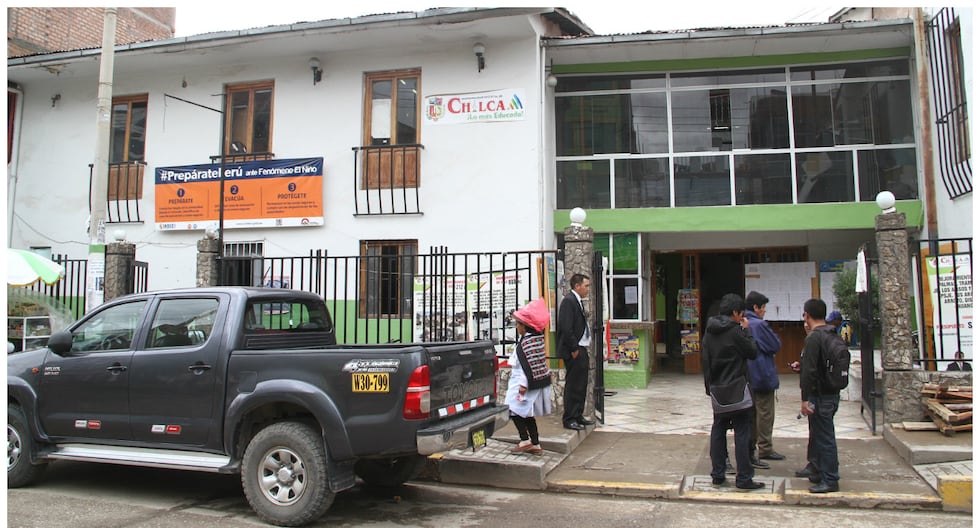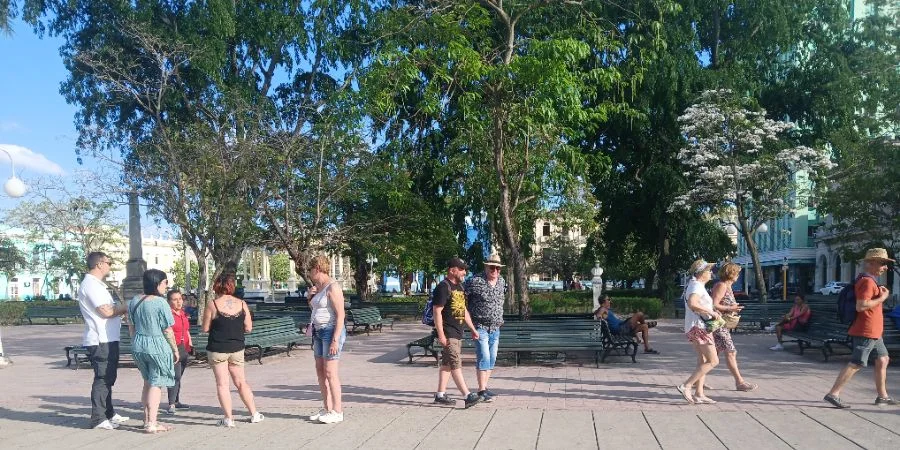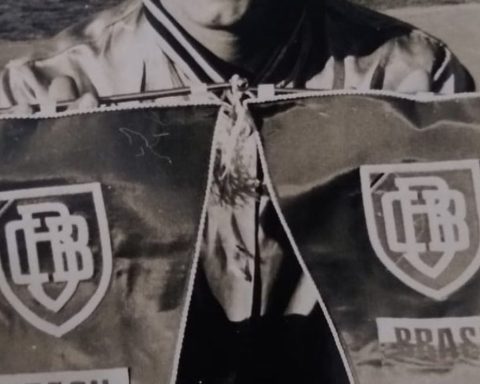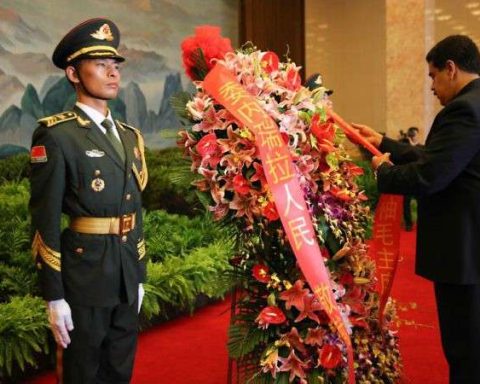AND
n September 1963, the Uruguayan journalist Eduardo Galeano landed in Beijing. He was barely 23 years old and was the secretary of writing of the weekly Marchin which he collaborated from four. They were convulsive times within the socialist bloc. The differences between the Chinese and Soviet communists had derived in Schism. The myth of his harmony had vanished. The pages of his magazine were open to the intense controversy between the two red colossi.
On October 1, Galeano attended the celebration of the 14th anniversary of the establishment of the People’s Republic of China, the date on which the giant stood up. For almost two months he visited factories, communes and cultural shows, and met political leaders. He talked with Puyi, the last emperor (whose life Bernardo Bertolucci led to the cinema), who was born three times, and Prime Minister Chou En-Lai.
What happened there was a novelty that deserved to be told. And the chronicler wanted to go further and deeper. He interviewed many people, randomly chosen, in very distant corners with each other, seeking to know the opinion of common people. He interrogated the peasant who is born and dies rooted to the land and the operator who knows the tricks of the machine he handles. He avoided the game’s paintings. He found that the workers who responded were literate by the revolution. He found that the same question generated identical answers.
He immersed himself fully in the challenge of narrating the revolution of the suburbs of the world, to the red red. From this adventure his first book of Chronicles was born, at a clarifying and anticipatory time: C Hina 1964: Chronicle of a challenge. He was written, the writer warns his readers, for someone who It is not, no shadow, and perhaps it is to clarify it, an expert in the Chinese problem. He is not even an expert to dry, at all. It is simply a journalist, by definition witness of open eyes and attentive ears
.
The book is spliced with a series of magnificent reports, written by Latin American travelers. In 1945, Vicente Lombardo Toledano published Diary of a trip to the new China (https://shorturl.at/wfrkc). Eleven years before the Uruguayan, Mexican Fernando Benítez wrote an exceptional work: China in sight (https://shorturl.at/geu1l). But, unlike these and other testimonies, the Uruguayan was written in full Chinese-Soviet struggle.
Written in the first person, the chronicle-ensayo, sought to answer questions about the Different: What is MAO TSE-TUNG proposed? What deep reasons move China, symbol of the poor rebellion, to face the Soviet Union? “I was interested,” he writes, “especially trying to penetrate a very important truth: is the Chinese people the real protagonist of the controversy that threatens to cause a schism, or the government is working behind it?”
Galeano’s starting point to tell what he sees in 1963 in the millenary town that invented gunpowder and paper, compass and seismograph and typography, are three keys. First, The world began to turn the day of the revolution. Everything is divided by the Meridian of 49; All before and after
. Second, This mass that accesses the modern world, was until yesterday, submerged in illiteracy and superstition, bitten by disease, periodically annihilated by famines; It is enough feat, I believe, for 14 years of communist government, to have provided all a standard of living, although low, human
. And, third, the town acts dynamized For national pride after so many years of humiliation and submission to Western powers, the country is finally owned by its destiny
.
On his political leadership, Galeano warns: Chinese workers bring faith when they proclaim, as a purpose, the points of view of the Government of Mao. A police regime, mounted a horror apparatus, can achieve obedience, impose on the people the silence of their rebellions. It can’t, that, yes, force euphoria
. And explains: “Not by chance the word Tong-Yécomrade in Chinese, it means all the wills in one. ”
The writer holds in his chronicle that There is no irrespirable atmosphere of horror and repression of Stalin’s times in the Soviet Union in China
. In that country, “the most unfortunate aspects of the terrorist regime of the Iván El Terrible Emulo have been avoided.
Far from unconditionality, the writer responds extensively and relentlessly to the idea of the Chinese communists of those years, that José Stalin made some mistakes, but detract from his merits. “I don’t know if Stalin can be considered a necessary evil,” he says.
After all, Barricadas journalist, he makes a devastating count of some barbarities of the Georgian. He did not recognize the Government of the People’s Republic of China until 13 days after his proclamation. He kept formal diplomatic relations with the Chiang Kai-Shek government until the last moment. He cut the legs of the Greek revolution. His management of the Spanish war was terrible. The Eastern European countries were maintained, in occupation regime by the Soviet, and their wealth were transferred to Russian hands through mixed societies and disadvantageous trade agreements.
Despite the time elapsed since its publication, China 1964: Chronicle of a challenge It is a work of enormous utility to understand some behaviors of the east colossus in the times. In Last words
Final chapter of the book, Galeano warns with surprising actuality: “China: the seismographs vibrate when the word is pronounced. The great Asian nation is today the glowing center of all eyes – Immit panic, half amazement. So or clearer? Hopefully it is soon reduced.
X: @lhan55
